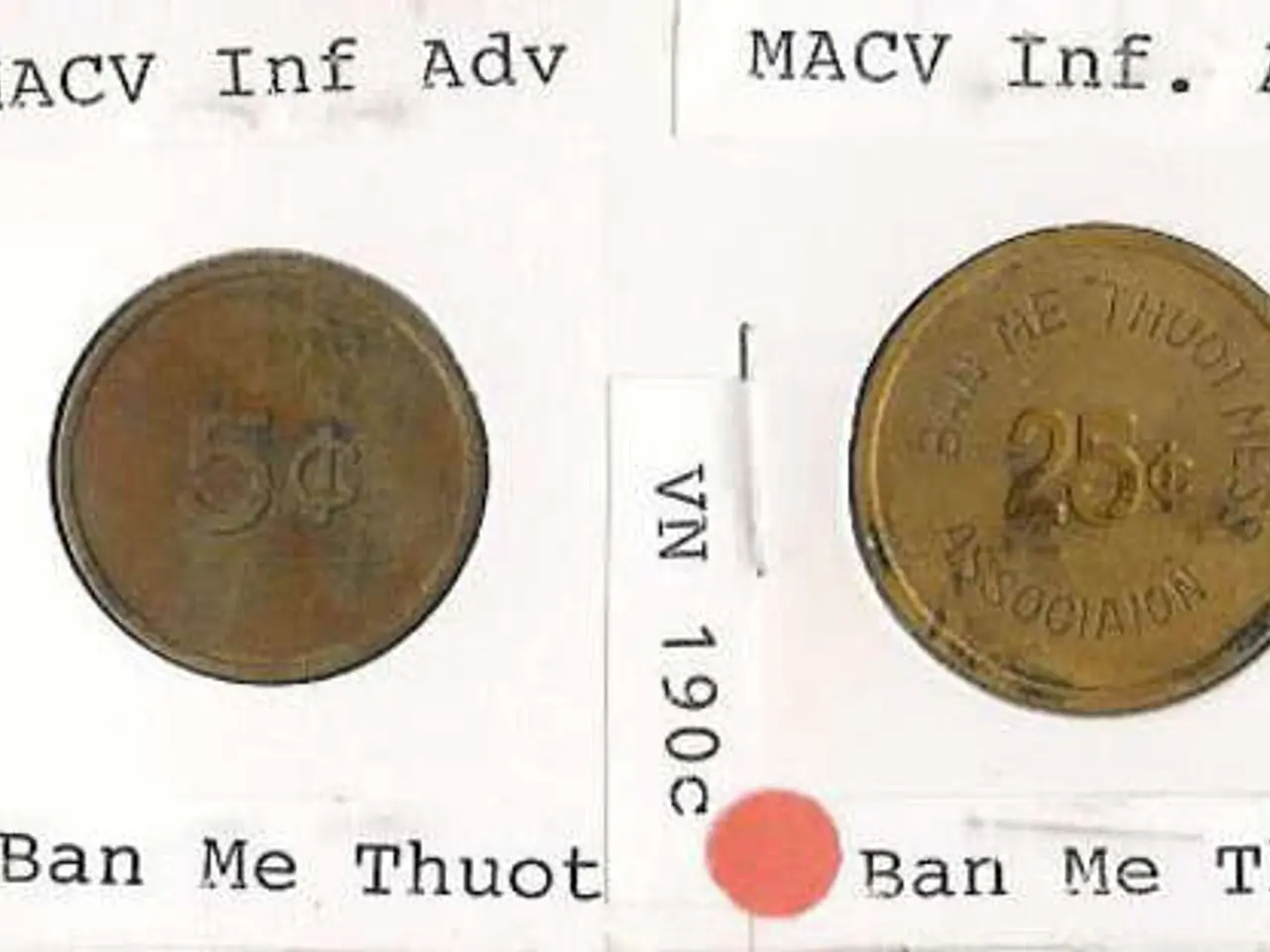Ethereum's Fusaka Update Experiencing Delay Due To Coordination Problems
The much-anticipated Ethereum Fusaka upgrade, scheduled for activation between November 5 and 12, 2025, is set to significantly boost the platform's scalability. This upgrade, after some delays, aims to improve transaction processing efficiency, reduce costs, and enhance node efficiency.
Initially, the Fusaka upgrade was planned to be part of the "Glamsterdam" upgrade, scheduled for early 2026. However, due to coordination issues and the need for all parties involved to be ready, the developers have revised their plans, and it seems the Fusaka hard fork will not be part of the "Glamsterdam" upgrade.
The Fusaka upgrade is designed to process transactions more efficiently on the Ethereum network. Key technologies include PeerDAS (Peer-to-Peer Data Availability Sampling), which enables validators to efficiently verify small samples of data rather than entire datasets, reducing bandwidth and storage requirements. The upgrade also introduces Verkle trees, a new data structure that reduces proof sizes, facilitating better light client support and potentially broadening Ethereum adoption, including on mobile devices.
Additionally, certain EVM improvements aim to boost smart contract efficiency and developer flexibility without altering user-facing features. The Fusaka upgrade has undergone extensive testing on Devnet-3 and public testnets, and it passed a code freeze on August 1, 2025.
The Ethereum community is still divided on the Fusaka upgrade discussion. Some members prefer to wait for a seamless launch, while others are concerned about missing the November deadline. Despite this, the developers and leadership are focusing on prioritizing Fusaka’s timely rollout over future upgrades such as the 2026 Glamsterdam upgrade, recognizing that meeting the Fusaka deadline is critical for sustaining Ethereum’s competitiveness and credibility.
If successful, the Fusaka upgrade would contribute to Ethereum's expansion by raising gas limits during demand peaks, dramatically expanding Layer 2 data throughput, and lowering transaction fees. This upgrade represents a significant infrastructure improvement to Ethereum’s scalability and network efficiency without changing existing smart contract or user-facing protocols, setting the stage for faster, cheaper, and more efficient Ethereum transactions and broader network adoption in late 2025.
Tomasz Stańczak, co-executive director at the Ethereum Foundation, has stated that the delay would likely prevent greater issues in the future. He also expressed a desire for a broad agreement that timelines are important in the Fusaka upgrade process. Stańczak emphasized that talented individuals are working on resolving the issues that caused teams to suggest moving the dates.
No new release date for the Fusaka upgrade has been announced yet. However, the Ethereum community and its developers remain committed to ensuring the upgrade is executed correctly, even if it means waiting a little longer. The successful implementation of the Fusaka upgrade could be a significant step forward for Ethereum's expansion.
The Ethereum Foundation's co-executive director, Tomasz Stanczak, has stated that the delayed Fusaka upgrade could prevent greater issues in the future. He also wishes for a broad agreement on the importance of timelines in the Fusaka upgrade process.
In late 2025, if successfully implemented, the Fusaka upgrade may lead to a ripple effect, enhancing Ethereum's competitiveness, and could potentially pave the way for an Ethereum-based ETF, as it aims to facilitate faster, cheaper, and more efficient transactions.




